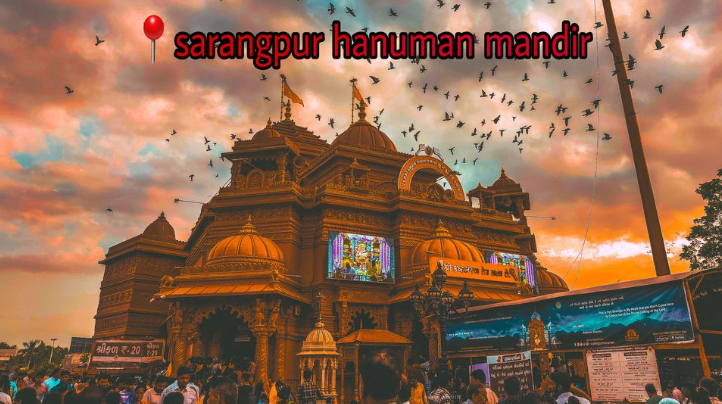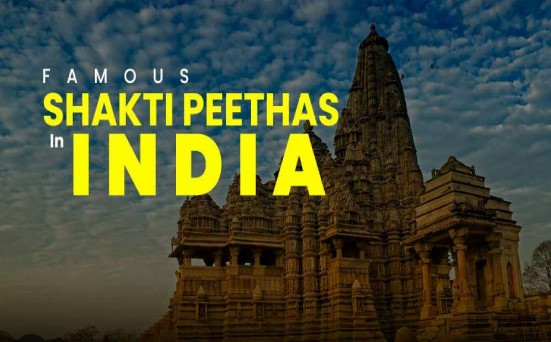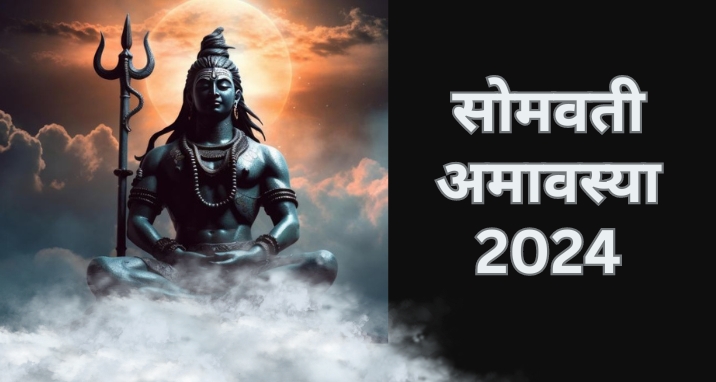Ambubachi Mela: A 4-day Celebration of Revering Devi Shakti Begins

The most famous Ambubachi Mela is an annual Sanatan Hindu festival held at Kamakhya Mandir in Guwahati, Assam. Every year, this time around during the monsoon season in the Hindu month of Ashadh (Ahar in Assamese), this festival is celebrated. In the month of Ashadh (which usually falls in the middle of the English month of June), when Sun (Surya) transits to the Gemini (Mithoon) rashi, the festival of Ambubachi is observed. All this while, the Brahmaputra river, near the temple, swells up and it is believed for continuous 3 days, its water turns Red.
Devotees, especially the followers of Shakta mat (believers of Shakti Upaasna), from various parts of the country throng the city to participate in this very auspicious occasion. This year, the 4-day-long Ambubachi Mela is going to be held between 22 to 26 June 2023. The city of Guwahati is already reverberating with the essence of Shakti, that is Devi Durga. You can see, hear and feel it, in the city’s every inch of soil! The festival draws lakhs of devotees every year to the city, making it one of the major attractions of Assam and Eastern India.
Significance of Ambubachi Mela
The largest congregation of devotees in Eastern India, Ambubachi Mela is the celebration of the yearly menstruation period of the Devi Kamakhya (another manifestation of Devi Shakti and Maa Durga). Devotees believe, Devi Kamakhya, the presiding deity of the temple, goes through her annual cycle of menstruation during this 4 days time. During this time between the 7th and 10th day of Ashadh, the doors of the shrine are closed to all. On the 12th day when the door opens, it is a ceremonial moment and a big mela (fair) takes place at the temple complex. But for the 4 days of menstruation when the doors are closed, daily puja is not performed in the temple.
The first day of Ambubachi from when the door is closed and daily puja is forbidden is called ‘Pravitti’ and it remains closed till ‘Nivritti’ when the door opens for devotees.
Ambubach is more of a festival of austerity and is largely (but not restricted to) observed by followers of Shakta mat (those who follow Shakti Upaasna or Shakta Tantra/Tantrik Upaasna). It is believed that Devi Kamakhya at the temple manifests Devi Shakti, also the main deity of Tantra followers.
It is also believed that during the monsoon rains and on the day of Ambubachi, even Mother Earth is on her menstruation cycle, an occasion to celebrate her fertile, nurturing and procreation power. According to Sanatan Hindu belief, Mother Earth is also a manifestation of Maa Durga, as it is believed Earth is Devi Durga’s Womb. And hence for 4 days, all agricultural work like digging, ploughing, sowing, and planting of crops are forbidden. Also, widows, brahmacharis and Brahmins observe a very austere and strict lifestyle for 4 days. Traditionally, during these days, they avoid cooked food and eat very simple meals, which are either previously prepared or are available in a ready-to-eat form. On the fourth day, when Ambubachi is over, devotees clean and purify their household items, utensils and clothes. After all the cleaning, washing and purifying is complete, the worship of Devi Kamakhya begins along with all other rituals. Devotees can enter the Shrine after this, which is considered to be very auspicious.
The Story of Devi Sati and its Connection with Kamakhya Mandir
Devi Kamakhya is just another name for Devi Durga or Devi Shakti. The mandir (temple) is one of the 51 Shakti-peeths, the most revered places of worship for Hindus.
It is believed that Mahadev and his consort Devi Sati were not invited to Yajna organised by Raja Daksha, who was also the father of Devi Sati. Raja Daksha did not like Mahadev for his simplicity (his appearance that made him look nothing more than a beggar) and always felt, he was not a suitable match for his daughter Sati. However, Devi Sati insisted on attending the Yajna. When they reached the site, Raja Daksha did not treat his jamata (son-in-law) Mahadev well and did not even offer him a seat. Seeing all this, Devi Sati felt insulted and became infuriated, following which she gave her life by offering herself to the sacrificial fire of yajna.
Mahadev seeing all this and Devi Sati’s burnt body could not control his anger and lifted her body on his shoulders and started rampaging all over the world with his Tandav, the dance of destruction. Seeing Shiva doing Tandav, all the Devis and Devatas feared the destruction of the Universe and went to Shri Vishnu for a solution. Bhagwan Vishnu to calm down the aggrieved Mahadev and save the Universe from complete destruction, sent his Sudarshan Chakra to cut Devi Sati’s body into multiple pieces. It is believed, that Devi Sati’s body parts fell in 51 different places across the world, revered as Shakti-peeths, among the most venerated places of Shakti or Devi puja.
Kamakhya Mandir is the place where Devi Sati’s Yoni and Garbha (Vagina and Womb) fell.
There is no idol of the presiding deity at Kamakhya mandir, but Maa Kamakhya is worshipped in the form of a yoni-like stone. Excluding the 4 days of Ambubachi (when Maa Kamakhya bleeds as she is on her menstruation cycle), the rest of the days of the year, a natural spring continuously flows from the site.
Thus, the festival of Ambubachi influences agricultural, social and religious ideas with symbolic religious validation.
To learn more about the significance of Ambubachi Mela, talk to our astrologers and pandits here.









